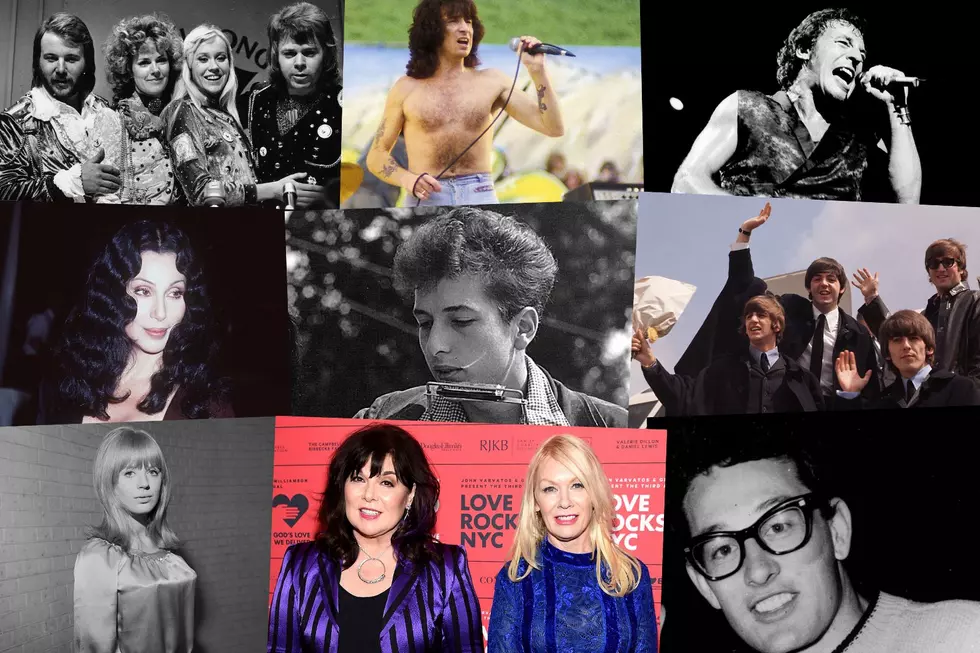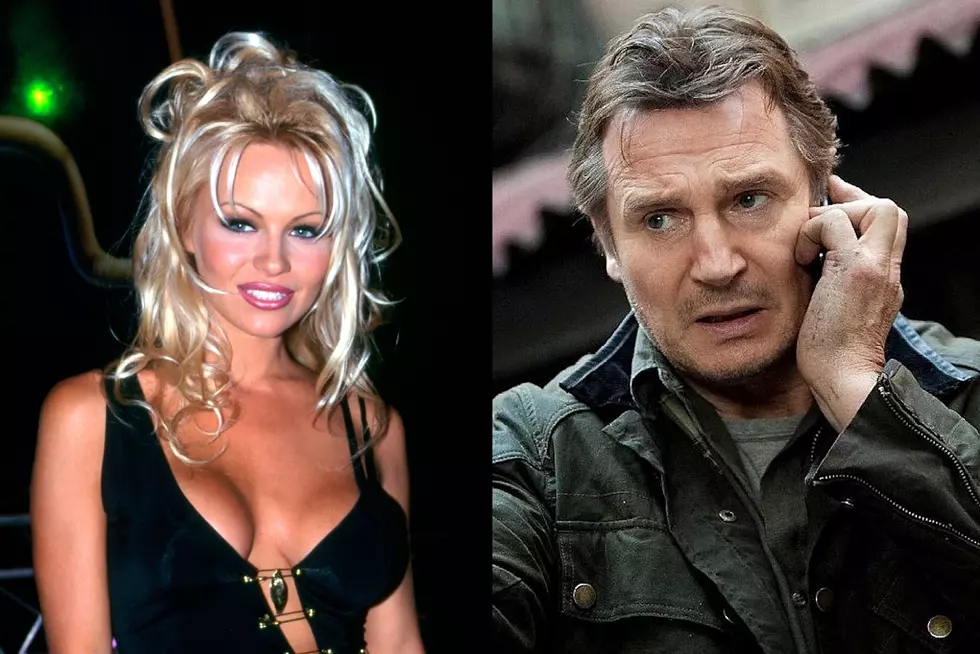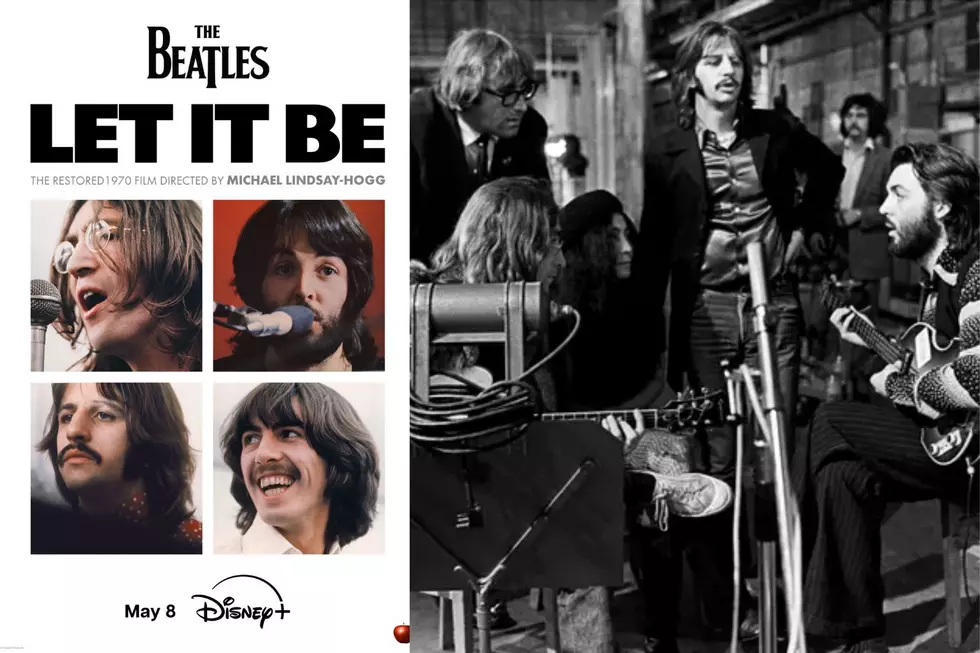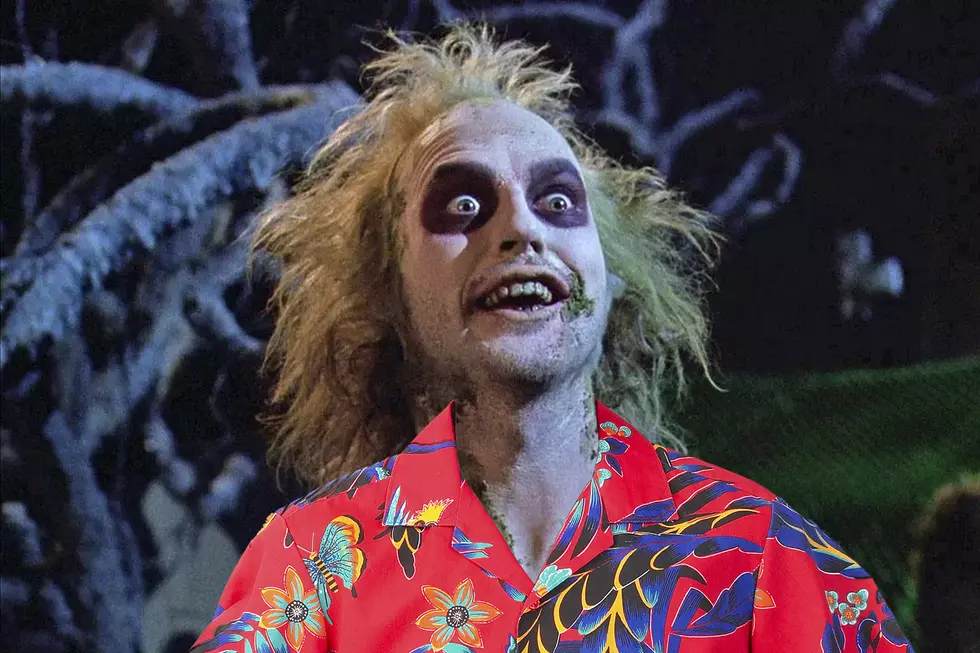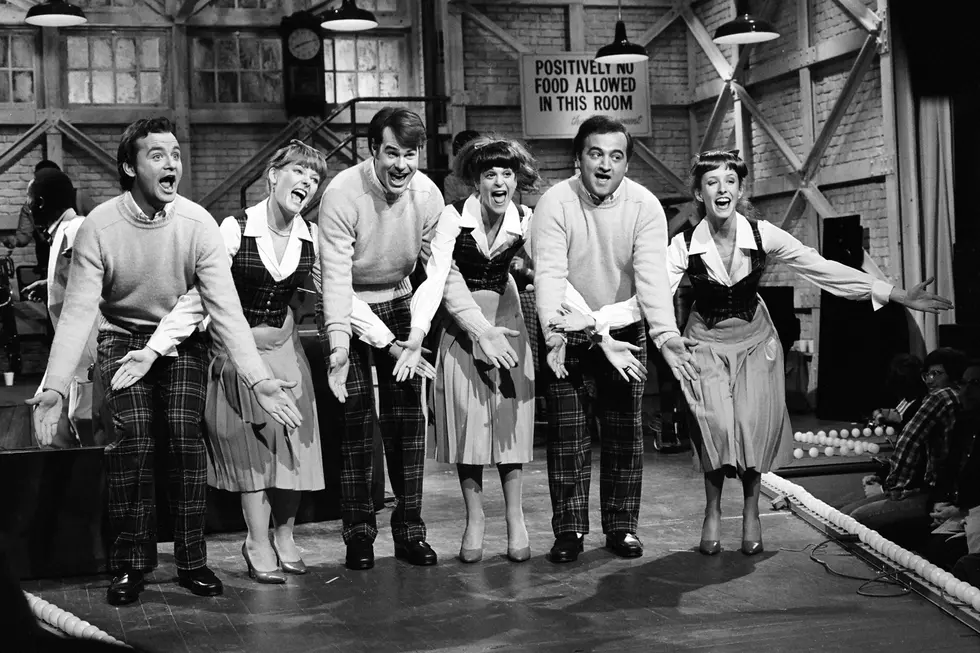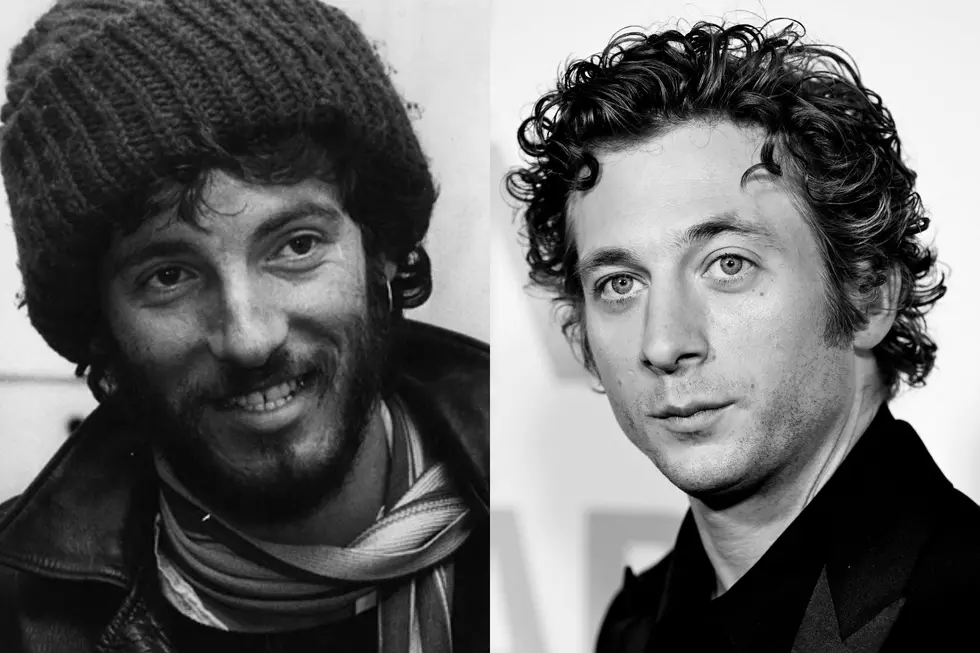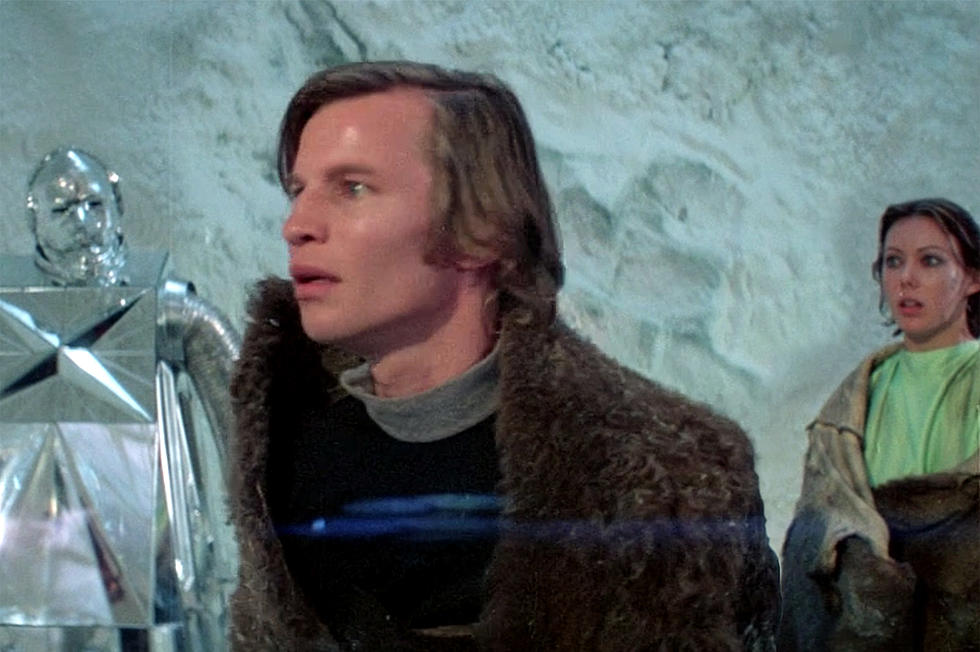
45 Years Ago: ‘Logan’s Run’ Presents Utopia With a Catch
“Welcome to the 23rd century, the perfect world of total pleasure” began the tagline for Logan’s Run when it hit screens on Jun. 23, 1976. It ended with: “ … there’s just one catch.” And while the catch proved an imagination-grabbing concept, it was the movie’s age-old epic journey to victory, combined with very mid-‘70s social commentary, that made it such an influential piece of work.
Everything seems bright in the Domed City – its inhabitants want for nothing in a lifetime of hedonism. Their world is controlled by a benevolent computer named Deep Sleep that provides for every need. Each citizen has a life clock implanted in the palm of their hand, which changes color as they age. When they reach Last Day, their 30th birthday, they take part in Carrousel, which is a form of personal renewal. The “catch” is that “renewal” is actually death: In order to maintain the same population size, no one is allowed to live beyond their Last Day. Naturally, some people might rebel against the concept, suspecting it to be what it really is. So, a force of Sandmen – basically cops – are deployed to kill any Runner who tries to flee their fate.
Life is good for the Sandman Logan 5 (Michael York), until he’s deployed to kill a Runner, which leads to the discovery of a group that helps people get out of the city. Deep Sleep reveals to Logan that more than 1,000 people have escaped to a place called Sanctuary and tasks him with finding it. In order to do so, his life clock is pushed forward to Last Day, and he has no choice to become a Runner. He teams up with Jessica 6 (Jenny Agutter) to face the challenges of escaping from his former friend Sandman Francis 7 (Richard Jordan), and what he discovers beyond the city leads to Deep Sleep’s destruction and humanity facing a more difficult, but more hopeful, future.
Directed by acclaimed British filmmaker Michael Anderson (The Dam Busters and Around the World in 80 Days), Logan’s Run was originally scheduled for production several years earlier, as studios tried to cash in on the success of 2001: A Space Odyssey and Planet of the Apes. But the special effects challenges meant that by the time it was ready to start shooting, studio bosses thought the sci-fi boom was over.
Production began only after a series of changes at the top. The script, which went through many rewrites, was based on the book of the same name by by William F. Nolan and George Clayton Johnson but featured significant changes. The death age was raised from 21 to 30 so casting options could be better, the concept of Carrousel was introduced to present screen candy and the year in which events take place was changed … perhaps just because everything else was changing.
Watch ‘Logan’s Run’ Trailer
Jerry Goldsmith spent eight months crafting a soundtrack that merged traditional music with cutting-edge synthscapes, while the Mister Roger’s Neighborhood-style city set was an ambitiously large creation, one of the biggest ever built. Filming took place near the beginning of America’s mall era, so city scenes shot in the Dallas Market Center look quaintly retro today, but it also helps in suggesting that, under such living restrictions, humanity becomes time-locked and almost valueless.
Intending to illustrate just how hedonistic life is in the future, there was more nudity in the original cut until studio heads decided they needed a PG rating to maximize profits. While the Carrousel scene itself is massively ambitious and you can’t quite see the cables holding up actors, one of the movie's best moments comes as Logan and Jessica encounter the robot Box (Roscoe Lee Browne). Later, the hologram effects during Logan’s interrogation represent the first time audience encountered such images.
York argued that one of the movie’s strongest points was that its story remained distinct from the effects. “Those wretched guns misfired as much as they fired,” he said in 2008. “There were a lot of highly technical things, yes, but thank God we weren’t standing against blue screen all the time! I think in a way you have an advantage that the special effects don’t overwhelm the story. The cart is not before the horse. … Probably for a younger generation it will look enormously old-fashioned because you’re not being whizzed around the set. But, again, that’s what I see as an advantage.”
Watch ‘Logan’s Run’ Carrousel Scene
Logan’s Run made $25 million at the box office from a budget of $8 million and won a Special Achievement Oscar while being nominated in the Best Art Direction and Best Cinematography categories. It spawned a 14-episode TV show, and talk of sequels and remakes have continued ever since.
“It prefigured many things, like the malling of America, these great, giant indoor spaces that were soon anywhere, and plastic surgery on demand," York mused in 2016. "There was a certain prophetic truth to what it was positing about the future. ... I don’t regret anything, and just feel very pleased that … it’s still entertaining audiences. With any picture, I don’t think we really ever can tell the outcome, because it’s a question of whether the ingredients come to the rise or not, and there’s no predicting this. As we know, big studio pictures go flop.”
Agutter noted: “It has a slightly old-fashioned feeling about it. It has this episodic storytelling to it, and sense of discovery. … P art of me wonders whether the writing for a woman today might be different than it was then. Jessica would probably be made to be much more a strong young woman coming out of that world.”
“A lot of people say to me [that] when they were growing up, the film had a tremendous effect,” York summarized. “It touched something in the youthful psyche. Now, whether it was having a parentless society or being able to completely indulge. … I think it both delighted and scared in equal measure. Or maybe [it’s] the thought of, when you’re young, it’s all going to be taken away from you.”
Watch ‘Logan’s Run’ Box Scene
Presented as an action movie, most of its framing questions remain unaddressed. Why was the city created? Was Deep Sleep following its program or did something go wrong? How long has humanity been cooped up? Are there other cities? The only hint at some of those answers come from the Old Man (Peter Ustinov), who’s spent so long alone that his mind and speech are no longer fully connected.
At the time, these and other open questions were interpreted as a warning against following the path of consumerism and even as warning to counterculture-era generations to respect their elders. Valid arguments. But today, the doubts serve to describe the position of the citizens at the end of the story: Children might be cast out of the Garden of Eden, but armed with freedom, possibility and the naivete and arrogance of youth, that just might see them through.
“The human adventure is only beginning . . . "
The Best Horror Movie From Every Year
More From Ultimate Classic Rock
